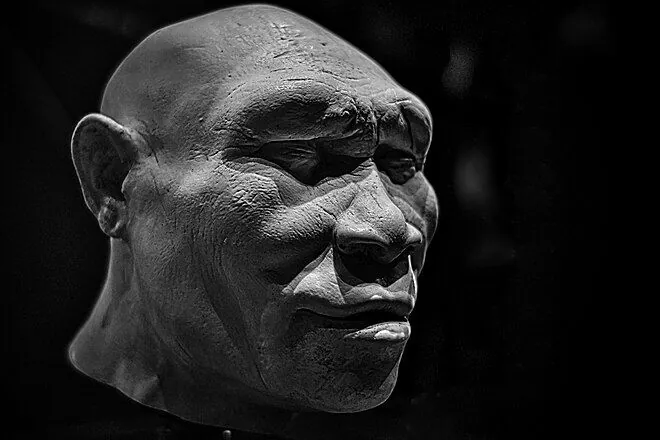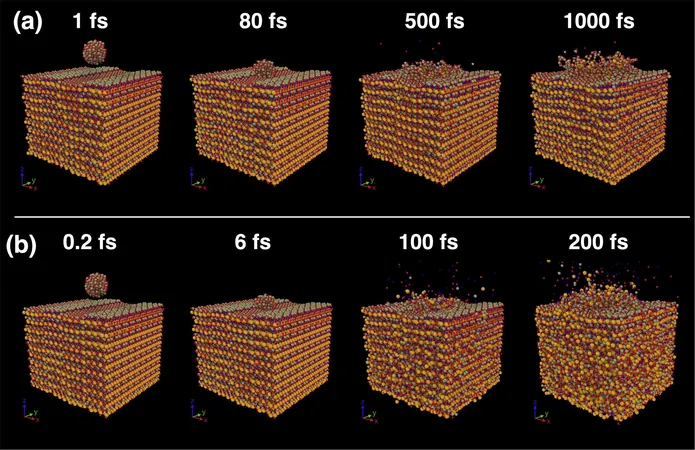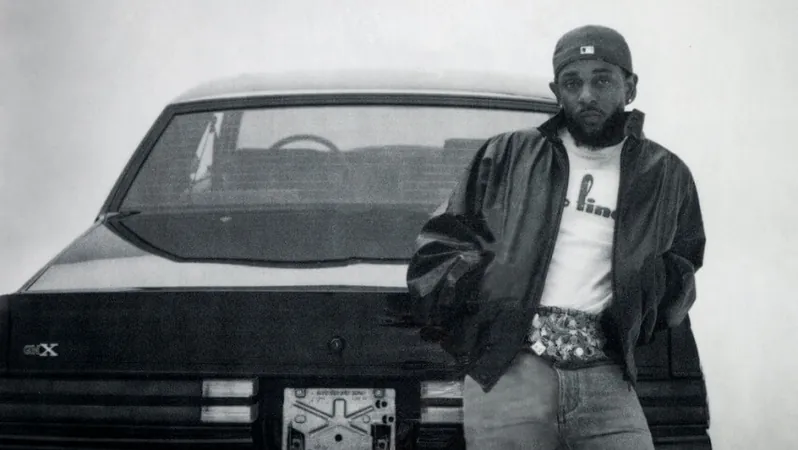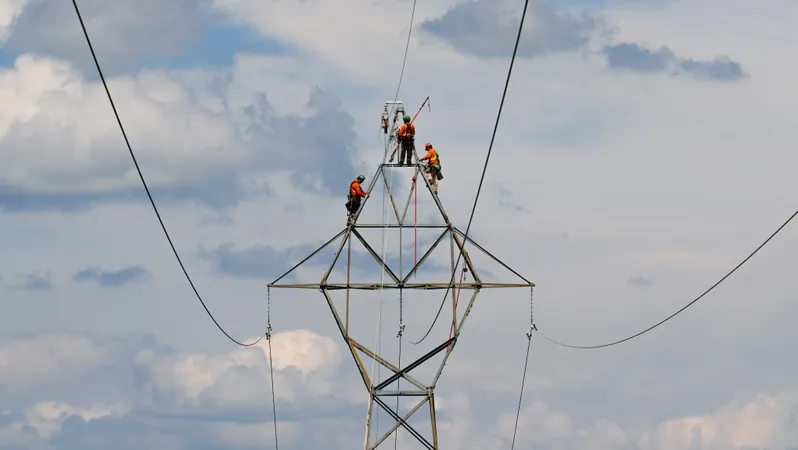
Unearthing the Origins of Human Culture: What Lies Beneath?
2024-11-29
Author: Michael
Introduction
Have you ever wondered what set humanity on its extraordinary journey of cultural development? Or how can we harness these newly reconstructed histories to inform our future? Let's dive deep into the fascinating world of culture and its pivotal role in defining what it means to be human.
The Nature of Culture
Culture has long been a cornerstone in differentiating humanity from other life forms. Initially, the term was limited to the customs and practices of specific groups within certain geographical and temporal contexts. However, in modern discussions, "culture" has expanded to encompass a broader range of behaviors, even those observed in animals, such as the intricate social systems of sperm whales and complex behaviors in insects.
Human Culture vs. Animal Culture
While the concept of animal culture refers to learned behaviors passed down within species, human culture transcends this definition. It incorporates these learned behaviors into complex systems that not only signify survival but also encode social identity. This unique capacity for tradition is a hallmark of human existence—imbuing our actions and artifacts with rich, symbolic meanings that evolve over time.
Trace of Lineage
Reflecting on this, it’s essential to note that our ability to create and understand culture is deeply interwoven with our identity. As we trace our lineage back over millions of years, concrete evidence becomes sparse, making it challenging to unravel the intricate web connecting symbols to their meanings. The advent of stone tools, which emerged over 3 million years ago, marks a significant milestone in our cultural history. When the early Homo habilis was recognized as the first toolmaker, it shifted our perspective on the evolutionary tree of humanity.
Evolving Perspectives
However, this view has evolved. Recent archaeological findings indicate that even earlier hominin species, like Australopithecines and Paranthropus, may have engaged in toolmaking, thus broadening our understanding of cultural origins. These stone tools, produced through communal learning and techniques developed over generations, exemplify the very definition of culture, highlighting the significant transition toward a shared human identity.
Cultural Evolution Through Artifacts
Ancient stone tools serve as a crucial lens for observing cultural evolution. Through these artifacts, we can track human societies' development, revealing a cumulative process that correlates with increasing complexity in behaviors and consciousness. The interplay of various populations, their capacity for learning, and a never-ending thirst for innovation have shaped the modern condition we identify today.
Multidisciplinary Approaches
Furthermore, archaeologists are merging cultural data with genetic research to reconstruct the intricate narrative of our lineage. Such multidisciplinary approaches point to a shared history where diverse groups of hominins expressed culture differently across various continents before converging into what we recognize today as Homo sapiens. Interestingly, with only one species—us—remaining, our understanding of cultures can now be viewed as symbolic constructs rather than definitive biological differences.
Parallels with Other Species
Intriguingly, parallels can be drawn between human cultural expressions and behaviors in other species. Observations of primates, like Jane Goodall's work with chimpanzees, have demonstrated that toolmaking may not be exclusive to humans. Crows, too, have displayed remarkable ingenuity, crafting tools to access hard-to-reach food—a capability eerily reminiscent of early human behavior. Such findings encourage a dialogue on the unique yet shared components of intelligence and culture across species.
Complexity and Technology
Despite the clear differences in complexity and symbolic depth, humans alone have transformed toolmaking into a foundational aspect of survival, attaching cultural significance to objects and actions. Language also plays a crucial role in this equation, emerging as a vital communication tool facilitating the sharing of knowledge and cultural practices. As our ancestors improved their tools, enhanced vocal communication likely became indispensable for collaboration and innovation.
The Role of Technology in Cultural Development
As we analyze what makes human culture unique, technology often takes center stage. The evolution of technologies has not only synchronized cultural development but has also shaped personal and collective identities. Museums and historical narratives illustrate this journey, mapping cultural progress while simultaneously challenging linear ideals of development.
Learning and Adaptation
The complexity of human culture today reflects a myriad of learning experiences shaped over millions of years. Like biological evolution, technological innovations can emerge, adapt, or fade away. As humanity has navigated varying ecological contexts, technological capacities have been selectively honed, resulting in differing cultural pathways across geography and time.
The Double-Edged Sword of Culture
In the breathtaking tapestry of human culture, shared norms and values bind society together, yet they also have the potential to exclude those deemed different. Despite our shared biological makeup, culture has been manipulated to establish divisions—revealing both the power and peril of cultural identity.
Looking to the Future
As we continue to delve into this 7-million-year-old global dataset of our existence, we stand at the precipice of newfound understanding. With every scientific discovery, we glean invaluable insights into our humanity. We must embrace this information, not just as relics of the past, but as tools for planning a brighter, more inclusive future for ourselves and generations to come.
Conclusion
So, what can we learn from our past? The rhythm of humanity's cultural evolution continues, and understanding this interplay is key to surviving and thriving in an ever-changing world.









 Brasil (PT)
Brasil (PT)
 Canada (EN)
Canada (EN)
 Chile (ES)
Chile (ES)
 España (ES)
España (ES)
 France (FR)
France (FR)
 Hong Kong (EN)
Hong Kong (EN)
 Italia (IT)
Italia (IT)
 日本 (JA)
日本 (JA)
 Magyarország (HU)
Magyarország (HU)
 Norge (NO)
Norge (NO)
 Polska (PL)
Polska (PL)
 Schweiz (DE)
Schweiz (DE)
 Singapore (EN)
Singapore (EN)
 Sverige (SV)
Sverige (SV)
 Suomi (FI)
Suomi (FI)
 Türkiye (TR)
Türkiye (TR)